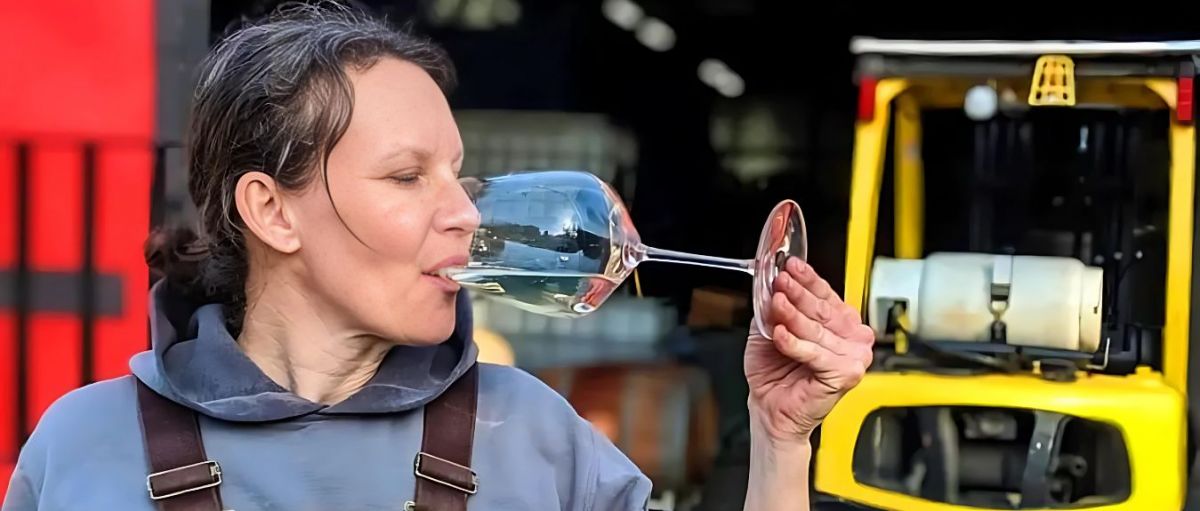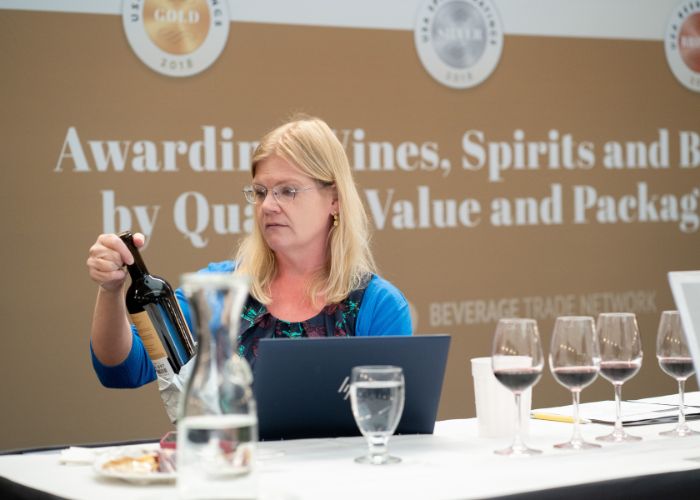Warehouse
Open from Jan 1st - July 10th 2026
Judging
Date
July 27, 2026
Winners
Announced
August 12, 2026

The American Association of Wine Economists has just published the latest issue of the Journal of Wine Economics, and it has a special focus: reporting the results of a workshop held by the Alliance for Research on Wine and Hospitality in late 2022.
The editors of the special issue note that “the articles selected . . . illustrate the intricacy of the wine industry.” This includes “exploring the intersections of producers, retailers, managers, and consumers within the wine sector.” The researchers employed “a wide range of quantitative research methods using detailed data from the industry as well as from experiments.” The articles explore a number of different topics, including restaurant wine lists, consumer wine ratings, predicting fine wine prices, and gender bias in wine purchasing by consumers.
The special issue articles, therefore, offer a detailed examination of various aspects of the wine industry, shedding light on its multifaceted nature, which will be of great interest to those involved in the on-trade and sommeliers as well as wine producers and distributors.

Restaurant Wine Lists: The first paper investigates the decision-making process of restaurant owners in Switzerland regarding sharing their wine lists. It highlights the delicate balance between restaurant competition and attracting wine enthusiasts. Cultural factors play a significant role in this decision, showing the complexities faced by restaurateurs and wine directors. The authors note: “Even if a food menu is almost always accessible, the wine list, which is also essential information, is often unavailable and/or not easily accessible to potential customers.”
Why is this? The authors hypothesize that “wine lists may, specifically in high-end restaurants, contain strategic information that should remain secret and not be unveiled to competitors who could take advantage of it to improve their wine offer.” The authors note the substantial work of “highly skilled sommeliers” in creating wine lists with offering that are not only finely tuned to attract customers but in many cases includes exclusive wines. “Keeping a wine list secret is a way to prevent close competitors from getting inspiration to source wines discovered by others,” they write.
The article notes price inflation over the last decade, especially for “certain rare wines, particularly Burgundies, which are frequently on the menus of high-end restaurants in Switzerland” through “allocations at prices well below their market counterparts.” This, in turn, relies on the important relationship that develops between the on-trade and specific wine producers or distributors. Offering “rare wines at lower prices” helps restaurants “build a loyal clientele of wine lovers.”
The authors then pose the problem they seek to resolve: it is “unclear what drives the decision by restaurant owners to publish their wine list or keep it secret.” The study suggests that restaurant owners may be more inclined to share their wine lists if they do not contain strategic information that competitors could exploit or if there is limited competition in general.
Consumer Wine Ratings: The second paper focuses on online ratings from Vivino, the popular wine app and large online wine community. They examined wines from Trentino-Alto Adige (Italian wines from a specific appellation) on Vivino. The researchers investigate the "community effect" on perceived wine quality, analyzing factors that influence consumer perceptions. The study reveals a small but significant community effect related to a wine's popularity among users, as well as moderating effects linked to wine attributes. They conclude, for example, that “wines with a greater number of reviews received higher average ratings in the price ranges up to” 26 euros per bottle, however “the number of reviews is no longer relevant for higher-end wines.” This has many implications for the wine industry, including the importance of reviews, awards, and wine competitions. The authors also present a hedonic quantile model for different price ranges, offering insights into consumer preferences and wine ratings.

Image: USA Wine Ratings
Gender Bias in Consumer’s Wine Purchasing Decisions: The third paper is particularly important regarding equity issues in today’s wine industry. It explores whether the gender of the wine producer affects consumers' willingness to pay for wine. The study, conducted through a randomized online experiment, suggests that consumers may be less willing to pay for wine produced by groups of female winemakers, especially when the consumer is male. This finding contrasts with the lack of a significant difference in willingness to pay when the gender information is communicated through the producer's first name.
The study highlights the continued male dominance in the wine industry and suggests that collective strategies supporting women, such as groups of female producers, may not be appreciated by consumers. Belonging to these groups can be perceived as activism, which can lead to negative stereotypes and a desire for price reductions, particularly among male consumers.
Previous research has shown that female winemakers in California are more highly acclaimed by experts proportional to their presence in the field, suggesting some inverse discrimination. However, consumers' perceptions and willingness to pay may not align with expert judgments, leading to potential biases and discrimination in the market.
The study proposes further research in other countries with gendered language and different gender balances, as well as laboratory experiments for empirical data. It also suggests investigating the place and role of women, as well as other minorities such as LGBTQ persons, in the wine industry to understand how growing diversity affects the industry as a whole. The findings are significant in the context of a perceived male-dominated industry and the increasing presence of female winemakers.
Predicting Fine Wine Prices: The fourth paper focuses on predicting fine wine and alcohol prices. It establishes a framework for predicting wine prices up to two years in advance, utilizing extensive datasets and various forecasting techniques. The authors conclude that they can predict future fine wine prices within a 2-year horizon, which will be of interest to producers, wine distributors, and wine directors. The study suggests that incorporating consumer survey data and macroeconomic factors can enhance the precision of predicting fine wine prices.
[[relatedPurchasesItems-55]]
Collectively, this special issue put out by the American Association of Wine Economists provides a nuanced understanding of the dynamics affecting the wine and hospitality sector. The articles offer valuable insights for both academic researchers and professionals in the on-trade, paving the way for future investigations in this field. In many ways, it shows that expert judgments, international wine competitions, and awards remain an important component of any marketing strategy.
Header Image: Female Winemaker Lisa Wiseman; Source: Virgin Wines
Grow your wines in the off-premise channels of the USA. The Early Bird submission deadline is February 20, 2026, and the domestic submission deadline is June 30, 2026. Here is how to enter.